The Route along El Camino Real
Leaving the Mission of San Francisco Javier de Viggé-Biaundo for San José de Comondú
The itinerary began at the San Francisco Javier de Viggé-Biaundo Mission in the municipality of Loreto. It is the second permanent mission established by the Jesuits in 1699, only two years after the founding of the first mission in Loreto in 1697. It is located in the interior of the Sierra de la Giganta and is 33 km from Loreto.
The purpose of my trip was to experience a “recua” during a three-day journey. In the Southern Californian culture, a “recua” refers to the trade of organizing a group of pack animals that are herded for the transport of various goods. These goods are used for buying and selling between rancherías. Mules are the ideal animals for long routes, as on this occasion, the stretch of the Camino Real chosen was between San Javier and San José de Comondú.
The legendary Camino Real – the primary communication and transportation route during the missionary era – also called the California Mission Trail, is the expansion of the system carried out by the Jesuit, Franciscan and Dominican missionaries. The road connects the 61 missions and sites founded between 1697 and 1834 on the Baja California Peninsula, some 2,650 kilometres away.
The Planning
We contacted Trudi Angell, who produced the documentary La Recua, which won several awards, including La Baja Inspira 2021, awarded by the Los Cabos International Film Festival. She was our best ally in achieving this excursion and played a crucial role.
She diligently organized the trip in less than a week, together with Cesáreo “Charo” Castro González, who assisted her unconditionally. Trudi sent us a handwritten draft of the three-day itinerary. Together with José “Che” Martínez Castro, they prepared everything necessary to wait for us at the San Francisco Javier de Viggé-Biaundo Mission and begin the journey.
Having the support of local guides to travel through the mountains is the best way to make it an unforgettable and safe trip. During our trip, the Tendencia team was fortunate to have José “Che” Martínez and his son Fausto, better known as “Chato”. They guided us with sharpness and care, proudly showing us the road they have travelled so many times and of which they have registered where to find water, places to camp, petroglyphs, and most importantly, the road to follow.
Our guides, Che, Chato and Charo, were extremely hospitable, undoubtedly a genetic and cultural characteristic that distinguishes the South Californian ranchers. At the head of the excursion, Trudi has a spirit of service and a smile of peace that evokes confidence, security and safety.
We drove 7 hours from Cabo San Lucas to Loreto, arrived at 11 pm, and slept there to start the adventure the next day at 6 am.
The Beginning
After taking some audiovisual shots very early in the morning on the road to San Javier, we arrived at the meeting point, where we met José de Jesús Martínez Delgado, who, together with his wife Ana María Castro, offered us a delicious coffee to cheer us up on that cold morning. The second stop was at Rancho El Horno, a resting place to stock and trade supplies. A hearty breakfast was necessary to get in the mood for the three-day trek. The chilaquiles prepared with Tostitos were a gastronomic discovery, just what the road demanded: a reserve of energy.
Our journey began, “Che” started to assign the mules and suddenly we were ready to leave. The first stretch was a two-hour hike, so we began to climb the Sierra de la Giganta.
We were all excited. When we asked “Che” how he knew which way to go, he said imperiously: “I know the way because I come watching everything; I don’t get distracted”.
After two hours, right on schedule, we arrived at a crossroads where Trudi and Charo were waiting for us to rest from the mules and continue to Rancho Santa Isabel in pickup trucks. There was the second break.
Rancho Santa Isabel
This ranch is known for having a small house made of adobe, which was built in the old style of construction. María Elena Arce Davis, a native of Loreto, told us about the hunting activities in the area, which the Ejido de San Javier coordinates. She also showed us her most prized family heirloom: a traditional South Californian kitchen over a hundred years old and belonged to her mother-in-law.
She showed us the bodega, a place where they keep tools, saddles and saddle straps to make bows. We can also observe a small line of meat being aired to make the grinding easier in preparing the traditional machaca.
His family is trained to guide hunting enthusiasts, and they welcome you to Rancho Santa Isabel and take care of all your travel needs. Agriculture and livestock farming are also part of their activities.
Just as we said goodbye to Maria Elena, her husband arrived with some hunters who were staying there. We set out again, resuming our journey.
Palma de Ávila
The third stop was Palma de Avila, where we arrived in the vans. Trudi, Charo, Che and Chato set up camp for the first night. In this fantastic place, we took the time to interview Trudi. We were curious to know more about her and her love for the “Original California”, as she calls the peninsula.
Meanwhile, the others unloaded the mules to rest, eat and drink water. Later, the moon was so bright that the use of lamps was hardly necessary. The stars perfectly marked the constellations and looked like a scene out of a movie.
Traditional cuisine is an experience in this type of expedition. On this occasion, we tried sweet bean empanadas, meat with spices, unconditional flour tortillas and the dessert, guayabate with fresh goat cheese, prepared by Che’s wife.
Early the following day, we set out to continue the tour after breakfast of scrambled eggs, beans and flour tortillas. And an exquisite canned ranchera sauce.
Then came the farewell; Trudi and Charo would return with the vehicles because there was no more road to travel. We picked up everything to make the place as clean and spotless as it was when we arrived. The rest of the way would be done only by riding mules.
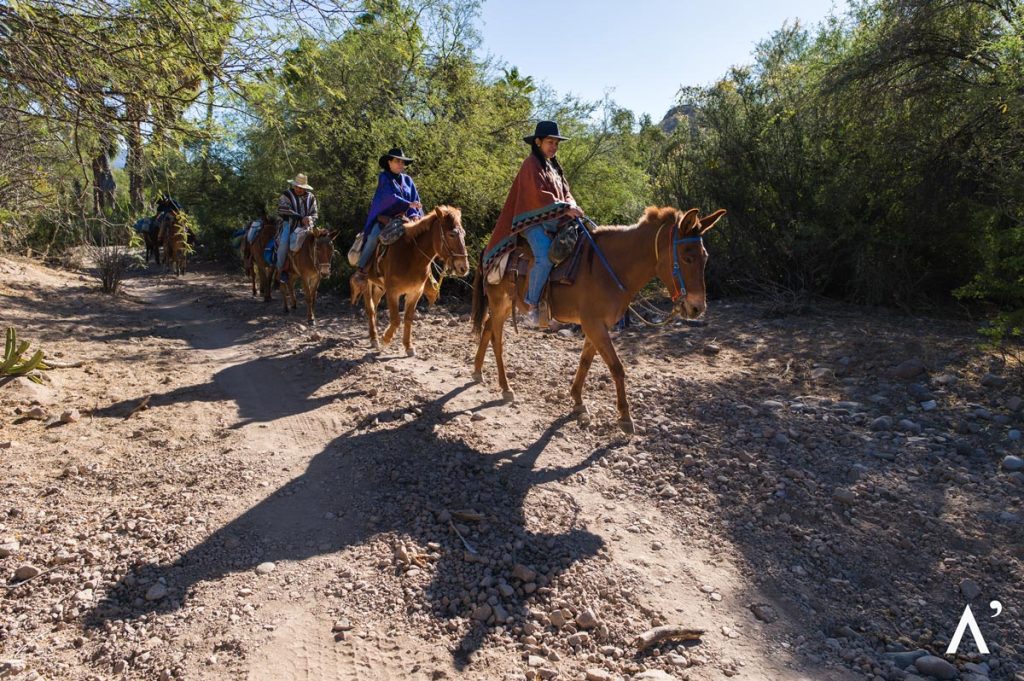
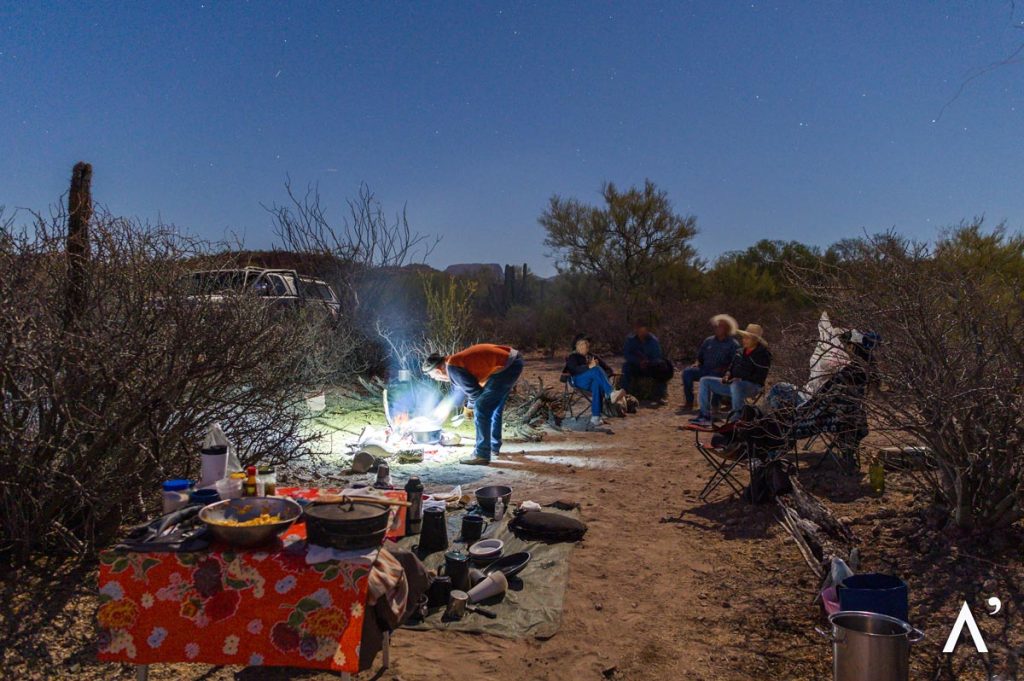
Che and Chato were in charge of setting everything up again; we had to choose the basics for the rest of the trip on mule back for days of more than five hours, most of the time under the sun’s rays and many others under giant cacti and palm trees between oasis. We had already been warned about the conditions of the trip.
Along the way between plains and plateaus, we were surprised by the impressive cactus with massive arms; the flora has so many indescribable forms. The oases were signs of water and possible resting areas.
Adrenaline is experienced to the maximum. You are constantly amazed by the whims of nature, so far almost untouched by man. The journey is a real-time of contemplation between narrow trails, steep ascents and descents, and places that force you to stop and admire a little more.
Rancho Quiñi
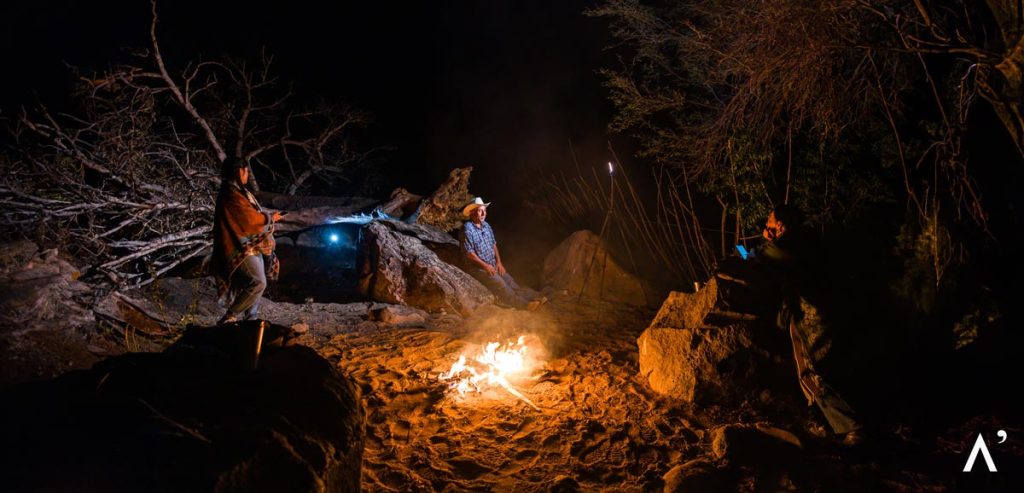
Seven hours later, we arrive at an ancestral ranch called Quiñí, where there are traces of walls that belonged to the ranch and a huge gully that would serve as protection. We were amazed at all we had seen in the seven hours we had been on the road and excited by all the pictures and videos we had.
Hugo helped us set up the tents while Che and Chato prepared the food to share. Between coffee and flour tortillas after dinner, we set out to interview Che and Chato; we wanted to know more about our guides and about the South Californian lifestyle that is so enviable. Our guides prepared a campfire to provide the necessary light, and this excited Dennis and Hugo (our photographers) as it reinforced the images they would capture.
The night at Rancho Quiñí was cooler, but the sky was full of stars. We were exhausted and slept soundly.
Only 7 hours drive to get to San José de Comondú
Excited about the final stretch, we got up early, had breakfast and returned to leave the space we had used clean and impeccable. Che and Chato set aside for the road empanadas of beans, oranges and cheese in rawhide arguenas. Each one carried on his mule some snacks known as superfoods, water and whey.
We resumed our ride, and in a couple of hours, we arrived at some huge stone walls that seemed to be man-made as protection. It was inevitable to stop to climb and take pictures. We asked Che what that place was called, and as it had no name, we decided to call it the “stolen cover” as we were sure we would have the cover photo there; all previous images paled before this place.
We stopped once again at a huge stone floor, perfectly designed by nature; it was inevitable to photograph in that place. But at the same time, we had to take care of the drone’s batteries; we already had only one reserve to finish the trip.
“The last stretch was two very long flat stretches, then we went back to the top to start the descent, and we had a ranch in front of us in the distance; Che mentioned that it belonged to a friend who lived in San Miguel de Comondú”.
Suddenly, we began to descend again; in the distance and at the bottom of a hill, we observed San Miguel de Comondú, located on the bank of the Comondú stream. It was named a Historic Town, the villagers have preserved the architecture with colorful facades.
We knew that we would reach our destination, San José de Comondú, only 4 km away after San Miguel. The mules overcame the difficulties of the different terrains we faced. After three days and two nights of intense travel, we made it along the famous Camino Real.
Now, our goal is that the photographs and texts are an induction to these little known corners of Mexico for those who love to travel and explore the Southern Californian peninsula. What an incredible trip!


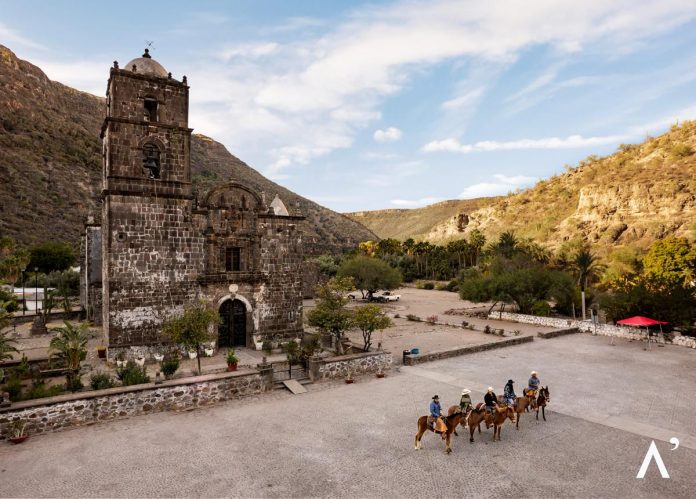
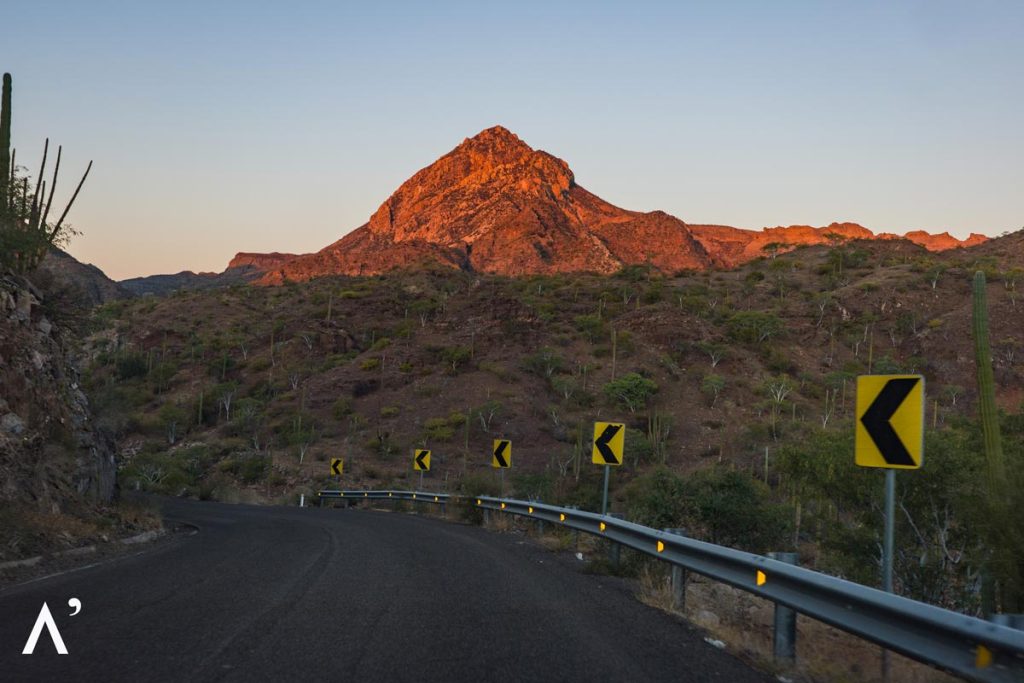
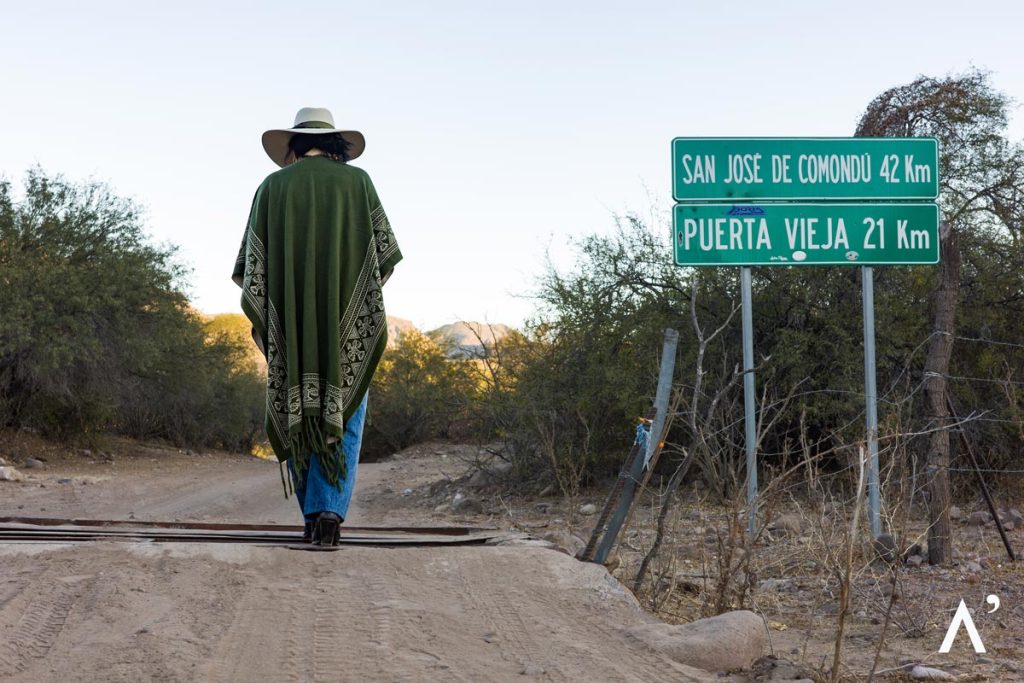
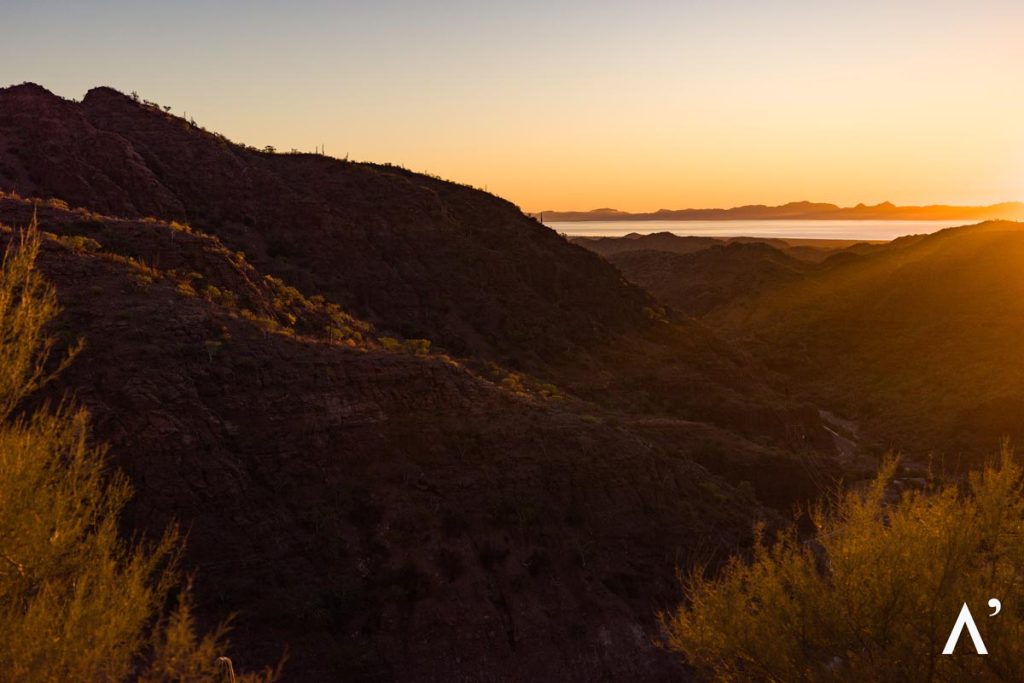
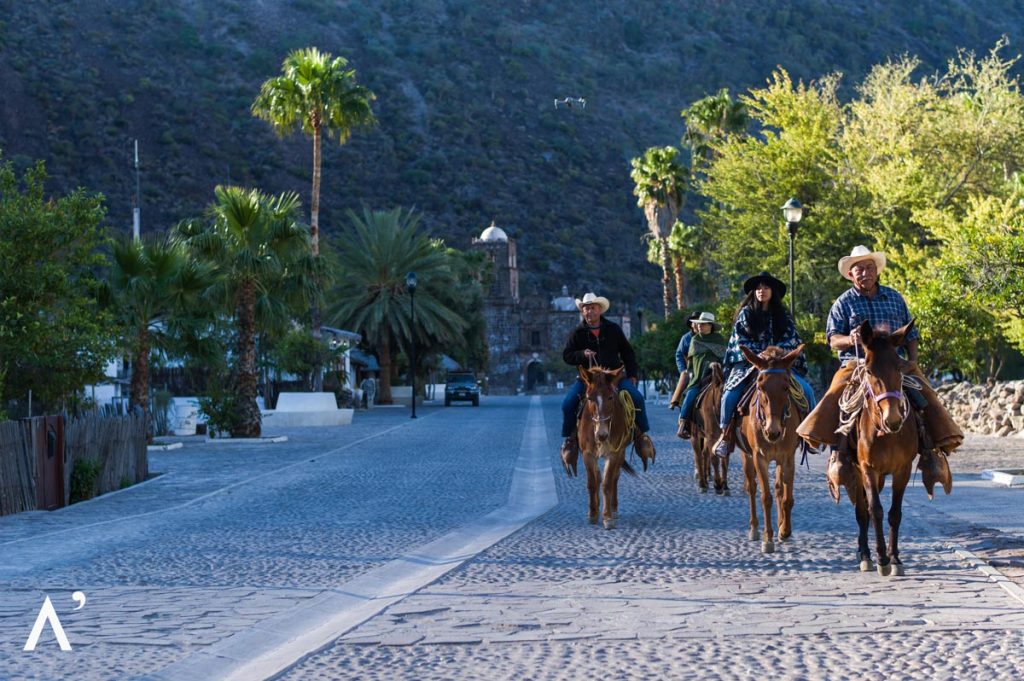
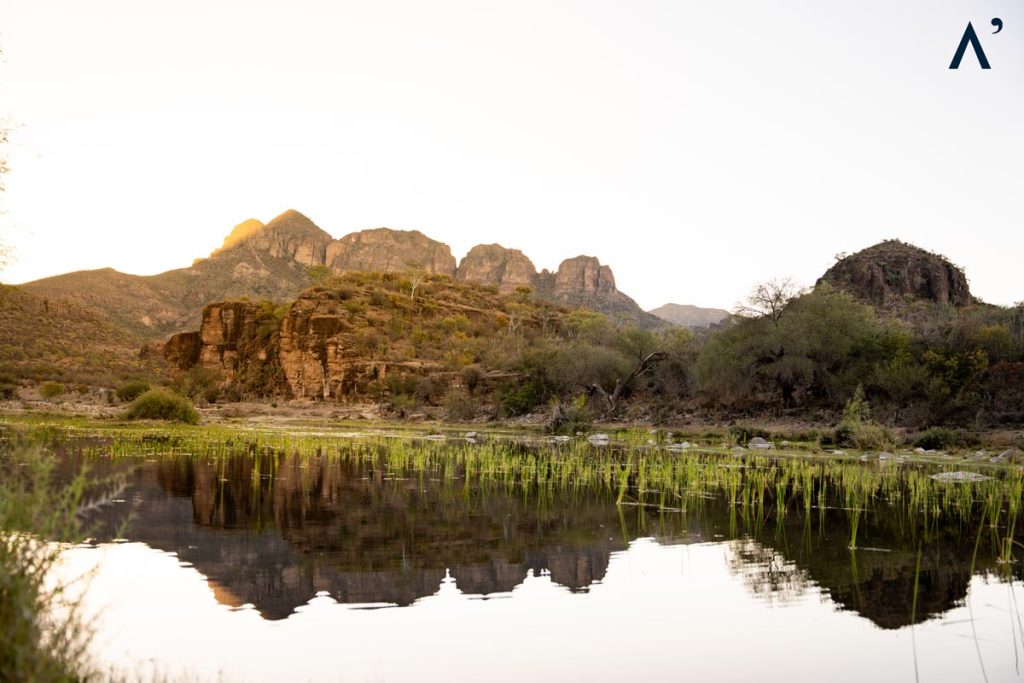
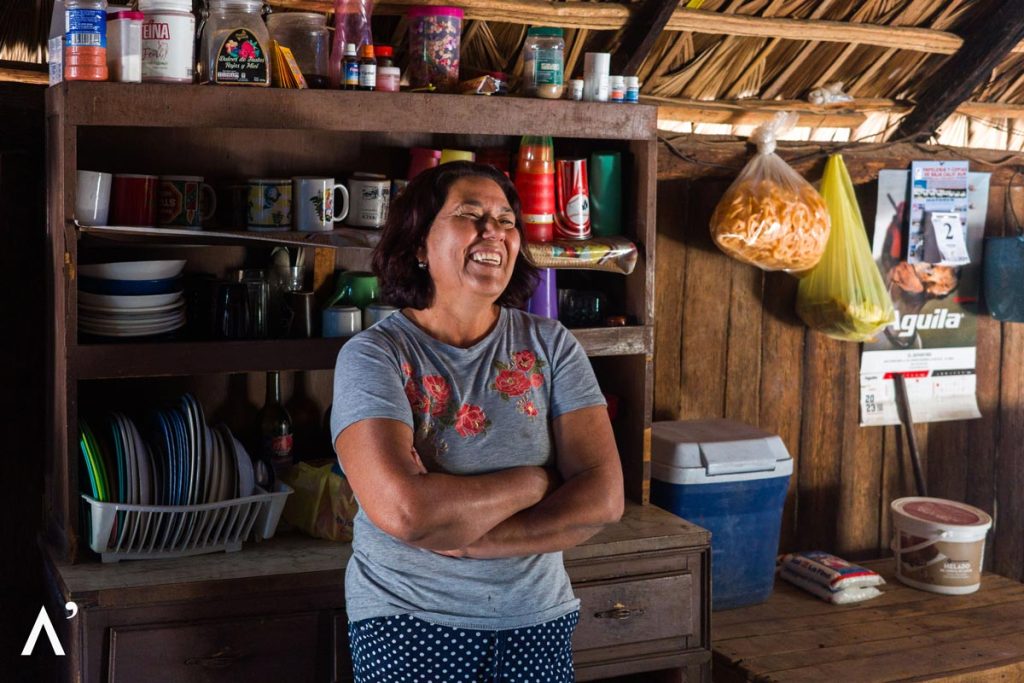
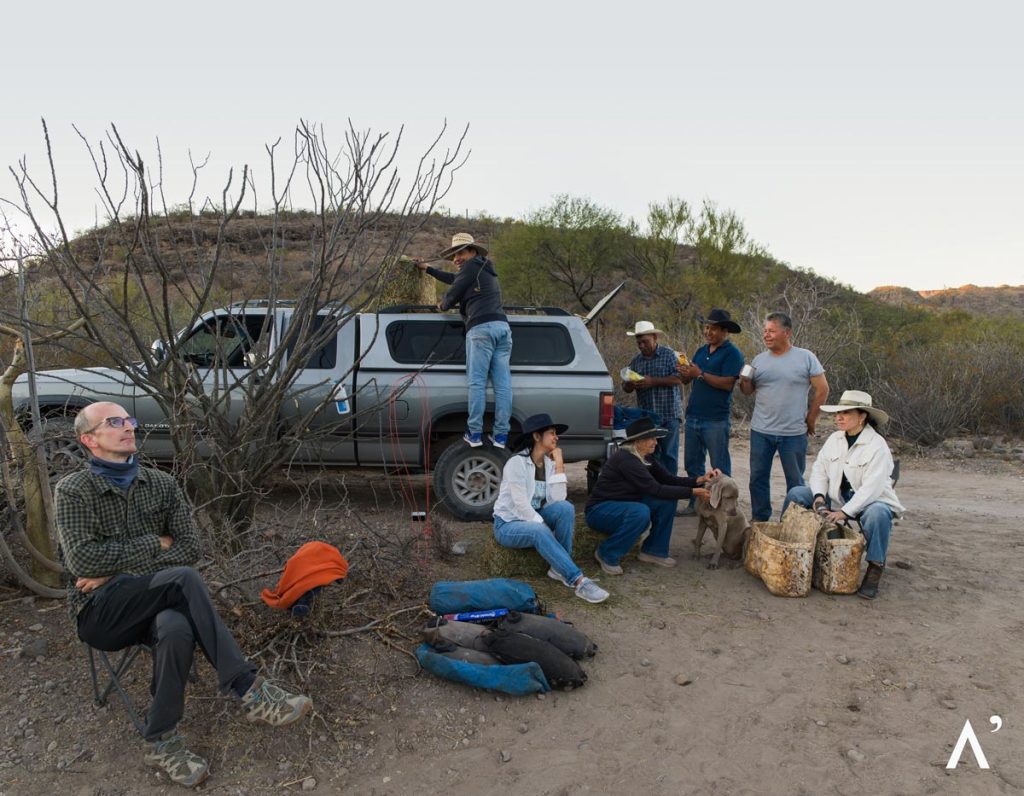

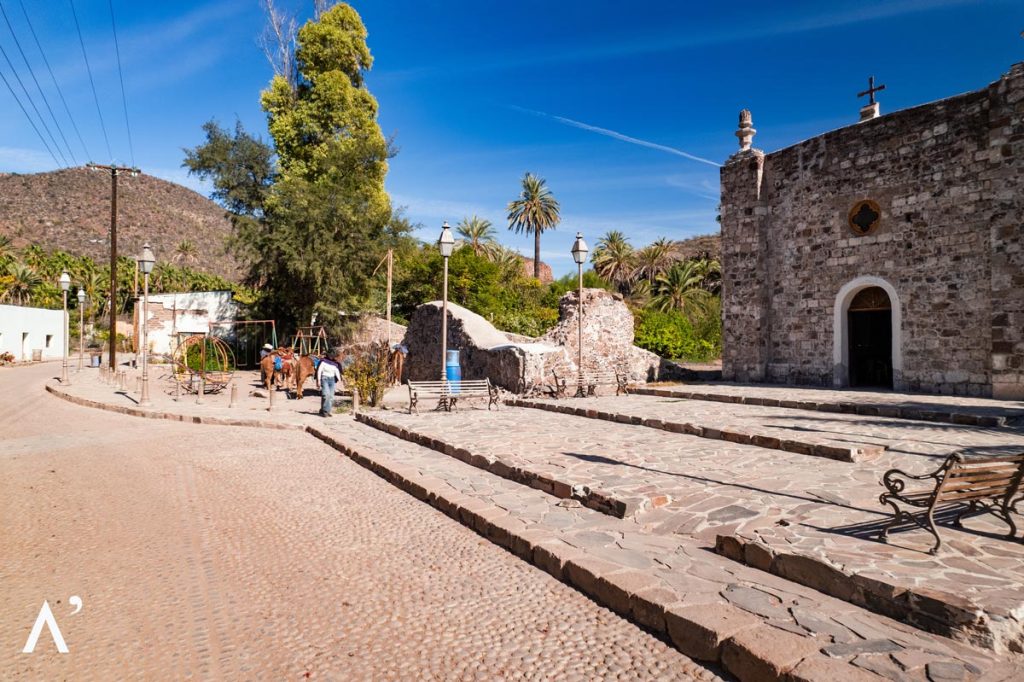

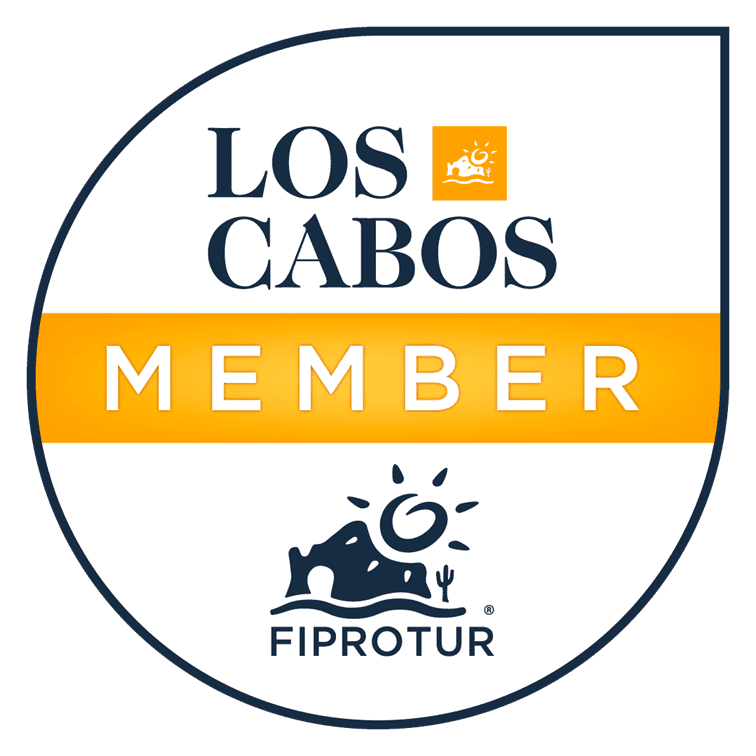










 Bajo estrella
Bajo estrella
